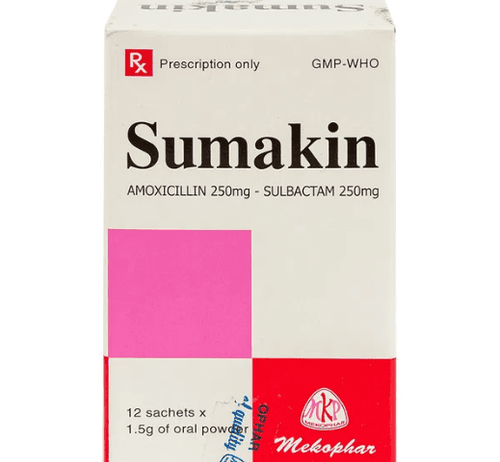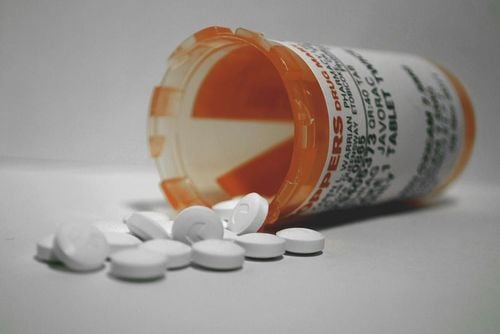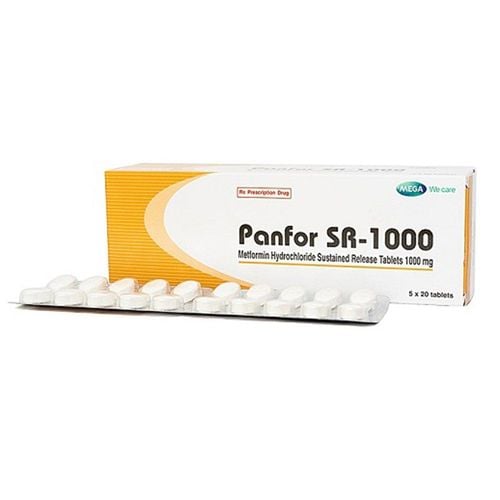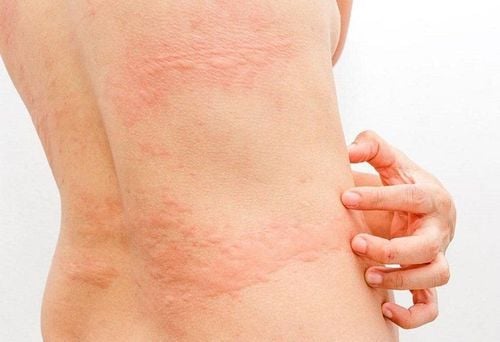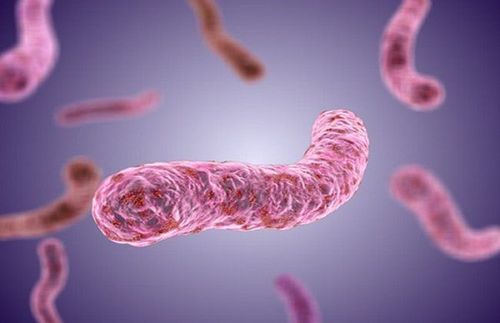This is an automatically translated article.
Staphylococcus aureus penetrates the skin when the skin is scratched, infected, and then produces toxins locally, causing scab by staphylococcus. In case the antitoxin antibodies produced in the patient are capable of controlling the pathogen, the disease is localized.1. What is Staphylococcal Scaly Syndrome?
Staphylococcal scalded skin syndrome is an acute skin infection caused by exotoxins of staphylococci. Disease caused by group 2 staphylococci with types 3A, 3B, 3C, 55 or 71. These pathogenic groups secrete epidermal lysis exotoxins. The disease can be localized or widespread. It is common in children because the immune system and the ability to eliminate kidney toxins are not yet complete. In adults, the disease occurs only in immunocompromised individuals.Staphylococcus aureus penetrates through the skin when the skin is scratched, infected and then produces toxins locally. In case the antitoxin antibodies produced in the patient are capable of controlling the pathogen, the disease is localized.
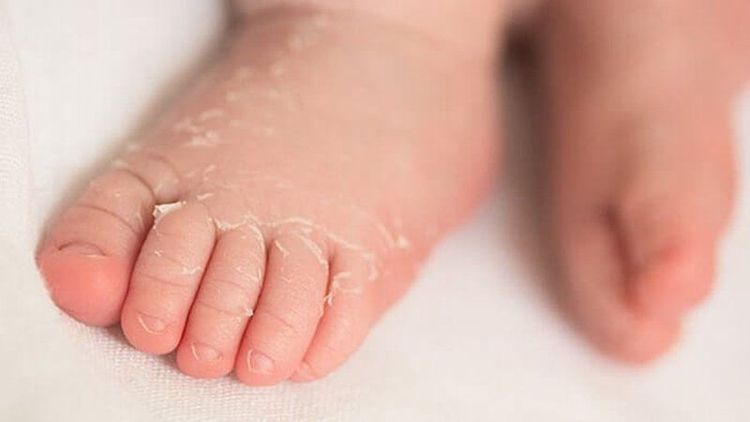
Hội chứng bong vẩy da do tụ cầu là bệnh nhiễm trùng da liễu cấp tính gây nên do ngoại độc tố của tụ cầu
2. Symptoms of skin flaking caused by staphylococcus
Symptoms of scaly skin caused by staphylococcus are as follows:Redness of the skin, blistering, diffuse scaling. The disease starts from an infection, then blisters, pustules burst and then scabs with fatigue, fever. After 24 hours, red skin quickly spread to the whole body, edema, pain. Skin surface appears soft blisters, very shallow, unclear boundaries, easy to peel; These blisters can join together in large patches, then peel, scab, and leave a moist red background. In severe cases, the patient may experience dehydration and electrolyte disturbances. Complications of scab due to Staphylococcus aureus can be fatal due to loss of protective skin, hypothermia, dehydration, sepsis or disseminated infection. In adults, the complications of the disease depend on the immune status of the patient, the mortality rate in adults is high due to chronic disease or comorbid malignancy.
3. Diagnosis and treatment of skin flaking caused by staphylococci
Methods of diagnosis of staphylococcal scalded skin include:Blood count: WBC may be elevated, or normal, erythrocyte sedimentation rate is often increased, PCR reaction with bacterial toxins is valuable. Culture-based determination of Staphylococcus aureus is found, but bacterial cultures are often negative, so the diagnosis is mainly clinical.

Xét nghiệm công thức máu là một trong những phương pháp chẩn đoán
Depending on the epidemiological situation, the treatment of staphylococcal scalded skin syndrome is with antibiotics, preferably amoxicillin in combination with clavulanic acid for the duration of treatment. day. Methicillin-resistant Staphylococcus aureus: use vancomycin 40-60 mg/kg/day divided equally every 6 hours for 7-14 days. Methicillin-sensitive Staphylococcus aureus: oxacillin 150 mg/kg/day divided equally every 6 hours for 5-7 days. Supportive treatment: Use moisturizing creams and ointments to improve the skin's resilience. Vinmec International General Hospital with a system of modern facilities, medical equipment and a team of experts and doctors with many years of experience in medical examination and treatment, patients can rest assured to visit. and treatment of staphylococcal scalded skin syndrome at the Hospital.
Please dial HOTLINE for more information or register for an appointment HERE. Download MyVinmec app to make appointments faster and to manage your bookings easily.
SEE MOREInstructions for caring for children with acute urticaria Dermatitis – Methods of prevention and treatment Package of examination and advice on treatment of atopic dermatitis




